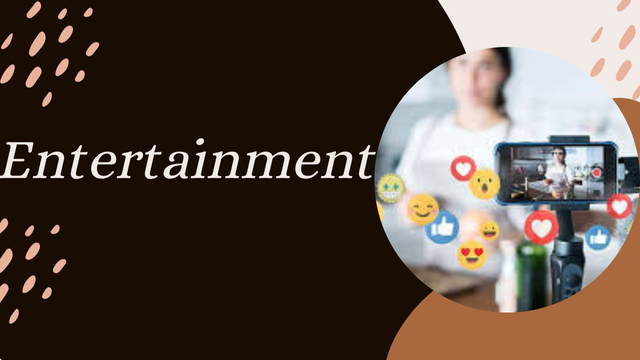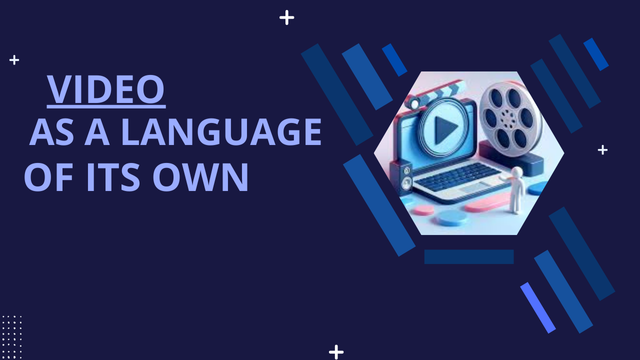video as a Language of its own
Do you know how one video can cause you to laugh, cry, or even move to action within a matter of minutes? That is magic. It speaks a universal language beyond words. It communicates through visuals, sound, and storytelling. A person in Japan can watch a video made in Brazil and feel exactly the same emotion as someone in Brazil, even though they may not share a common spoken language. This universality is why video is such a powerful means of communication

Video as a Change Agent Beyond entertainment,
video has been a force for good. Think of powerful campaigns that have brought up social issues, emotional ads that started conversations, or the countless educational videos that made learning more accessible. Video often becomes a lifeline during times of crisis. It tells the story when words fail to capture the gravity of a situation.
The Future of Video
Technology continues to evolve and, in interesting ways, so does video. VR and AR allow the telling of immersive stories as the viewer can be brought into the story instead of simply observing it. The introduction of AI into video production will speed up video creation while also making video more accessible, giving anyone an easier means to make his vision come alive. But as much as technology transforms video, its core essence remains unchanged. At its heart, video is about connection
Why Video is So Engaging
Think about how video has redefined how we consume information. It has reshaped the way we entertain ourselves, how we learn, and what informs us-all through social media platforms like TikTok and Instagram, through long-form content on YouTube and Netflix, and so on. One single well-crafted video could make all the difference, driving conversations and sometimes even taking action. It’s not all about entertainment. Video improves information retention. In fact, research has proven that there is a greater probability that one will remember concepts in video compared to text or images. This makes video an ideal resource for education, especially for abstract ideas that are presented through interesting visual storytelling.
The Democratization of Storytelling
This has opened the door to millions of creators telling their stories
Take the example of viral videos. A person posting some act of kindness that she performed or a musician singing in his living room could hit millions within hours. It brings into one’s mind these are times when video really made connections in people’s lives.
FAQs
1. Why video is the choice of content for individuals?
Videos are more engaging because they stimulate multiple senses simultaneously. They are easy to consume, visually appealing, and often more memorable than text or static images. Additionally, videos can simplify complex information through visual aids and storytelling.
2. How has video changed communication?
Video has transformed communication by making it more dynamic and personal
3. What are the most popular types of video today?
Vlogs and personal storytelling
Tutorials and how-to
Product reviews and unbox
Documentary and mini-series
Live stream, for interacting in real-time
4. How can videos benefit businesses?
Videos can benefit businesses by: Increasing brand visibility and engagement Educating customers about products or services Driving sales through video marketing campaigns Building trust through testimonials and behind-the-scenes content Reaching wider audiences on platforms like YouTube and social media
conclusion
With the advent of newer technology, possibilities with video seem endless.
In this era of innovation and creativity, video reminds us of the power of storytelling and the importance of sharing our voices with the world. Whether you are a viewer, a creator, or both, video invites you to be part of a global conversation-one that transcends borders, cultures, and languages.
ALSO READ THIS :
Visual Studio

